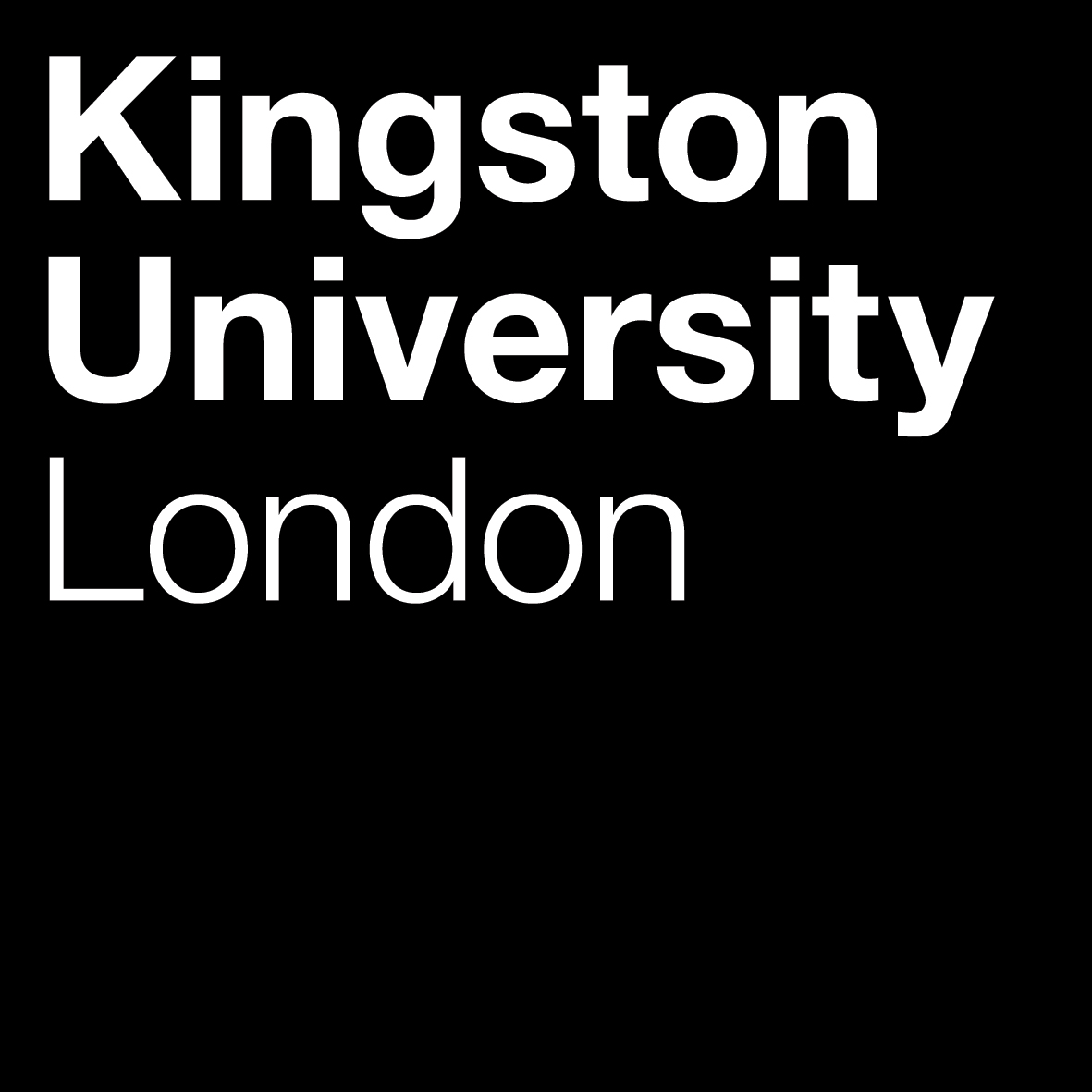1st February, 2023
Transitioning Beyond Academia
Dr Gemma Outen
13th January, 2021
Kasia Molga
My concept “How to Make an Ocean” has been deeply rooted in grieving a loss of 3 people, close to me, in Autumn 2019. I cried many tears in winter months while dealing with this, and at some point I started to collect them in a small container. I was also reading “Flights” by Olga Tokarczuk (Nobel Prize in Literature 2019) and there was a short story where this very question of ‘how to build an ocean’ was posed. It struck a chord with me because I spent my childhood on the open ocean, I live by the sea and sea is a huge part of my life.
In my practice I look for very faint but vital interconnections between us – humans and the natural environment – and so my first thought was while I produced so many tears – which after all is a liquid – whether I could somehow contribute to growing and caring for a marine ecosystem.
Expanding from that I started also looking at environmental loss and anxiety and how this affects many people; and the role of technology – for example AI – in creating narratives which might reinforce a paralysing sensation of fear by curating news stories (i.e. the doom scenarios of the echo chambers such as Facebook when one starts to read environmental news). That is not to say that the seriousness of the environmental destruction doesn’t exist, but the way my “news feed” for example was narrated meant that it seemed there was nothing more we could do but to give up and wait for an inevitable apocalypse.
I started to question whether there is another way of using technologies to create a space for expressing emotional response to this loss through a sort of cathartic ritual, where tears and crying can be a part of it, where vulnerability wouldn’t be a sign of weakness and giving up, but genuinity and empowerment. It is also an investigation into the place of care and empathy, while giving a space to emotional upheaval – usually absent from the debates about the role of “tech and innovation”. I also began to think about a link with weird and fascinating “jobs” from the past, such as a moirologist – a professional mourner – invited to participate in wakes and funerals in order to help others mourn and grief over the beloved departed.
There is widely documented research on the benefits of tears – from getting rid of the toxins created by fear or stress, to gaining mental clarity or easing physical pain (tears caused by physical suffering contain a natural form of painkillers). In Japan for example there is a practice called “rui-katsu” (tear-seeking) often arranged in corporate environments, to relieve employees stress levels.
Most importantly this work is for me about how we – humans – while destroying the environment – can contribute to its regeneration, using limitations of our own selves – our bodies. And it also touches on the concept of “circular economy” – the tears are the result of stimuli, often induced by things happening in our surroundings and so their “quality” or chemical composition vary.
Can our human body be the beginning of an external eco-system – and if yes – what it would be like? Besides I love discovering and observing all amazing invisible human eye creatures under the microscope, it feels like I am being let into some secret – a matrix of a sort which works tirelessly to keep our biosphere alive. And so I wanted to utilise this passion to reveal this hidden worlds and the impact, good or bad, we might have on it.
An ongoing residency with Arts Electronica was supposed to be executed in two parts – in the first part I wanted to investigate human tears and their chemical and physical properties and what marine species they could support. I also planned to create a tear collecting device – a modern take on lachrymatory, to collect my own tears and tears of other people. The second part of the residency is about investigating the aforementioned role of tech in an attempt to build an AI moirologist – a crying bot to help us all shed some tears.
You've been waiting for it and our May newsletter is here! -> bit.ly/3M9ICG6 pic.twitter.com/Iug9eWimQQ





